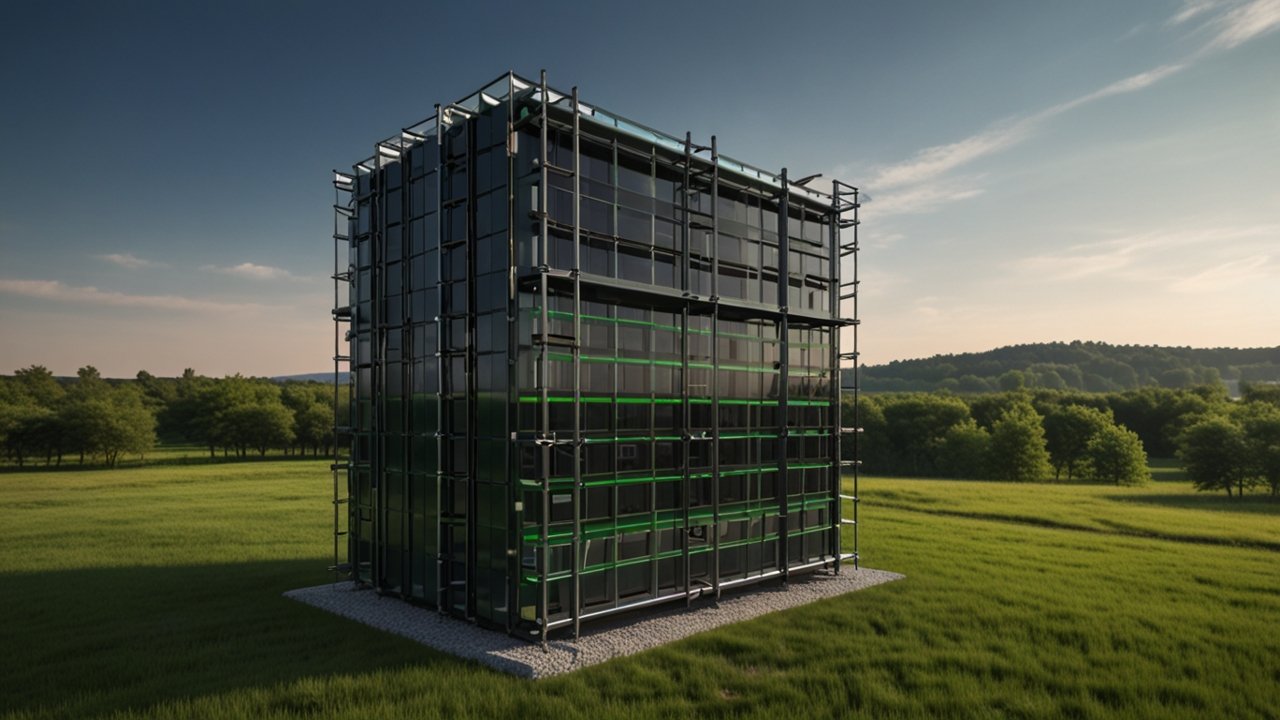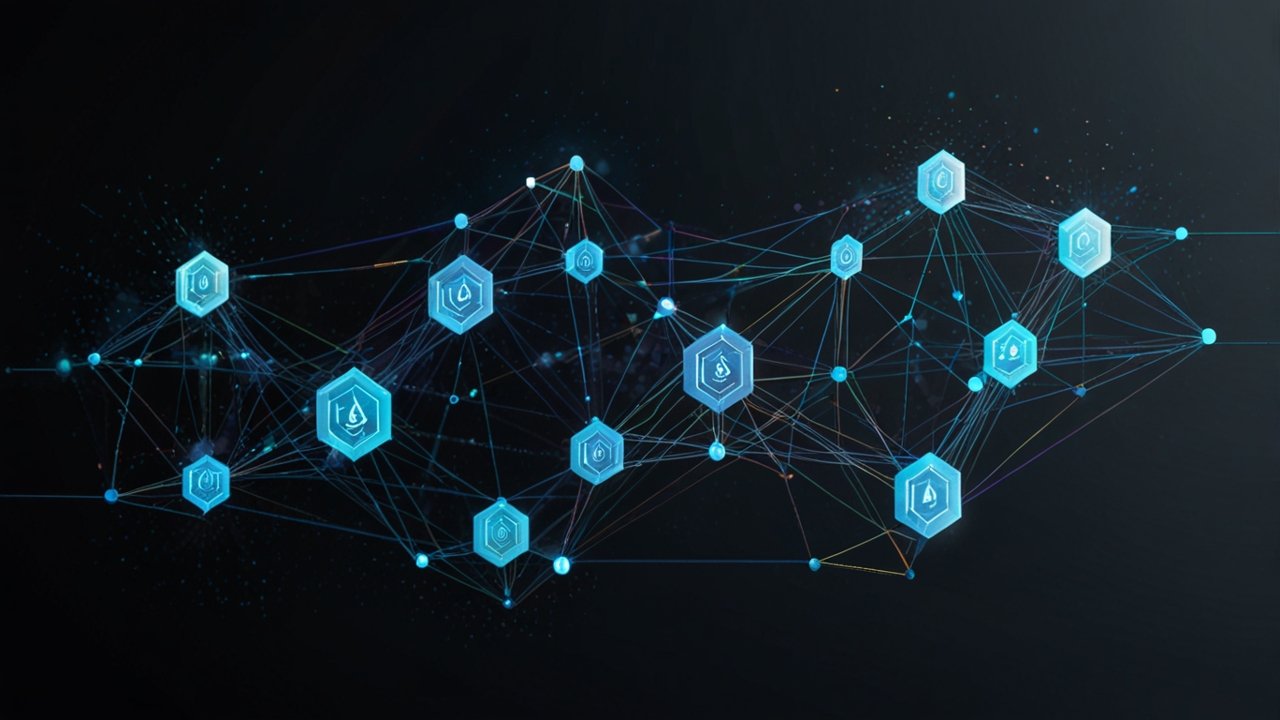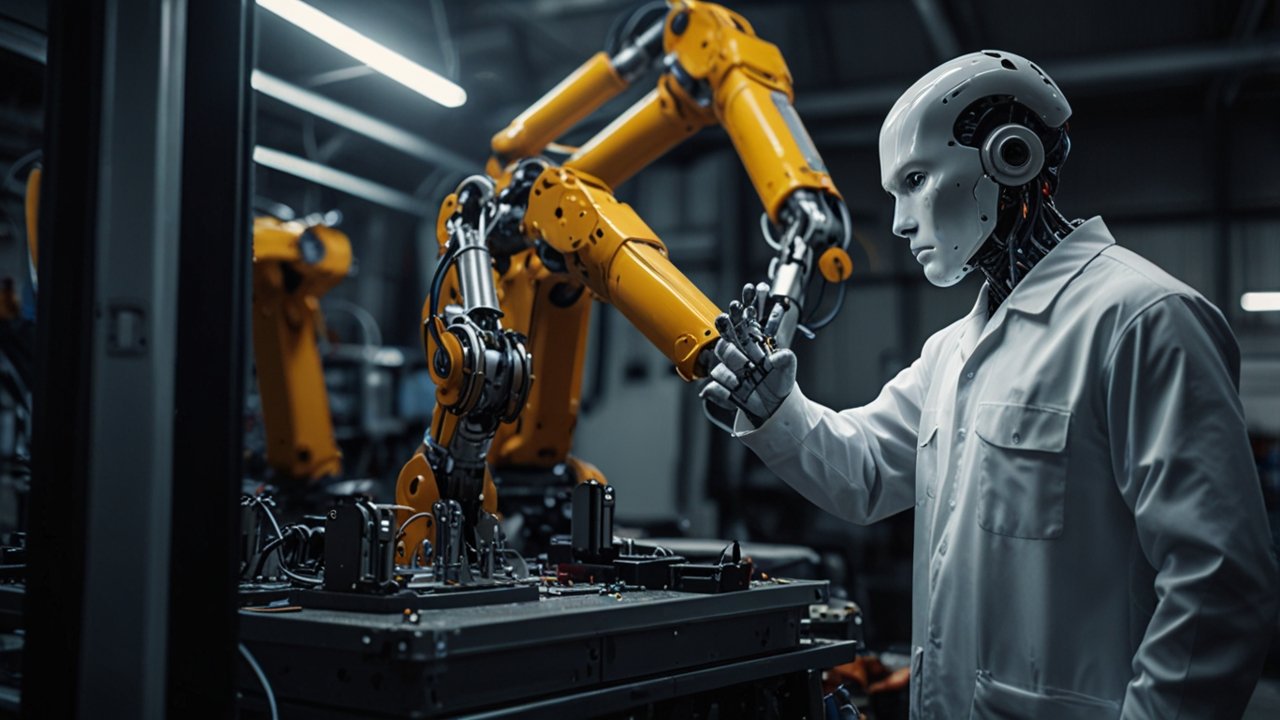Transfer Learning: 6 Adaptation Techniques
The evolution of modern
artificial intelligence has paved the way for techniques that significantly reduce development costs and training time. Researchers and practitioners alike are excited by the promise of utilizing prior knowledge from established models to solve new challenges. The integration of these methods has redefined how we approach problem-solving across a variety of industries.
This article explores the techniques that empower our current AI systems, diving deep into historical breakthroughs, regional impacts, and real-world applications. Whether you are a seasoned expert or a curious newcomer, you will find clear explanations and insights to guide you. The content is designed to simplify complex ideas without losing the technical richness behind the innovations.
For more information on the digital revolution in smart technologies, check out the AI & Automation category. Now, let’s set the stage for an engaging exploration of adaptation techniques that continue to shape the future of
technology.
Introduction to Transfer Learning
Overview of Current Techniques Artificial Intelligence
In today’s fast-paced technological environment, researchers deploy advanced strategies that allow systems to build on established learning methods. This approach halves the development cycle and reduces overall computational overhead. The current techniques leverage solid foundations derived from earlier breakthroughs, thereby accelerating partial training stages.
Experts now integrate multifaceted steps that utilize prior experimental data along with finely tuned adjustments. In practice, this has translated into models that require minimal retraining while remaining robust in diverse applications. The approach is appreciated for its simplicity and effectiveness. How can these improvements encourage your next innovation?
Benefits and Challenges for Beginners
Newcomers to this field often encounter significant enhancements in performance when mature models are utilized as a starting point. The approach provides clear efficiency in adapting existing solutions to new data streams. Beginners appreciate that the burden of training extensive models from scratch is considerably lessened.
However, novices must also contend with challenges such as potential incompatibilities between legacy parameters and new domain specifics. Although system refinements may be necessary, the overall benefit is a marked improvement in time and cost efficiencies. The balance between refinement efforts and achieved performance remains crucial. What strategies might help overcome these early challenges?
Thought-provoking question: How might you leverage existing models to solve unique, complex problems in your projects?
Evolution and History of Transfer Learning
Early Milestones and Developments Automation Technologies
From its inception in the mid-20th century, artificial intelligence began its journey with methods based on symbolic reasoning. Early systems like the Logic Theorist (1956) and MYCIN (1970s) demonstrated that foundational principles could lead to early advancements. These initiatives laid the groundwork for later developments.
During the 1990s,
machine learning principles shifted from deterministic rule-based designs to probabilistic and data-driven methods. Researchers embraced techniques such as support vector technologies and
neural networks. This evolution was reinforced by detailed retrospectives available in studies on model progress, like those documented in a historical overview on AI progress. How do you think these early developments influence modern implementations?
Global Advancements Over Time
International contributions have significantly influenced the progression of these methods. In the Americas, pivotal innovations emerged with groundbreaking projects resulting in operational systems that have redefined
global standards. Similarly, European developments in ethical considerations and privacy frameworks have fostered new regulatory guidelines.
From Asia, contributions in robotics and language interfaces continue to shape the landscape. Detailed timelines show that large-scale implementations in countries like Japan and South Korea have brought forward impactful applications. The integration of regional insights, such as those outlined on
transformer evolution studies, continues to inspire further research. How might regional differences present both challenges and opportunities for technological expansion?
Thought-provoking question: How can we bridge early theoretical principles with today’s rapidly evolving research to create a unified growth strategy?
How Knowledge Transfer Enhances Transfer Learning
Innovative Mechanisms in Practice Digital Transformation
Advanced systems are built upon the insights encompassing knowledge reusability and cross-referencing. This mechanism tends to minimize excessive retraining by reusing strategic layers from proven models. The system leverages historical depth to optimize rapid assimilation of new information.
Techniques like selecting specific model layers for fundamental integration have enabled targeted improvements. In various practical applications, these refined methods often lead to efficiency boosts in overall task performance. Detailed statistical reports indicate reductions in training times by nearly 90% in some industry applications (
Wikipedia timeline). How might these specific mechanisms refine your approach in
system design?
Real-World Efficiency Gains
Empirical data clearly demonstrates that incorporating established knowledge reduces overall setup time significantly. In real-world scenarios, this approach is credited with achieving efficiency improvements both in edge applications and cloud-computing environments. Sector-specific applications show reductions of up to 90% in operational costs during model adjustments.
Experiments have verified that minimal efforts in retraining translate to robust performance. These cost and time savings are vital for rapid deployment, lending valuable insights from earlier projects to current innovations. Are you ready to integrate these efficiency gains in your next project?
Thought-provoking question: What innovative mechanism could you incorporate to maximize your system’s
operational efficiency?
Model Adaptation Systems and Their Applications
System Mechanisms and Technical Specs Innovative Solutions
System adaptations harness technical nuances that allow models to quickly pivot and adjust to varying data distributions. Techniques such as fine-tuning involve modifying select layers of a model to suit new requirements without overwriting previous learning. This helps retain core functionality while enhancing adaptability.
Practical implementations involve reducing learning rates to forestall potential disruptions in established knowledge. Industry reports confirm that adjustments in batch normalization and adversarial training techniques ensure minimal performance degradation during such transitions. A comprehensive discussion is available on
detailed technical evolutions. What specific adaptations might you implement to enhance your system’s responsiveness?
Industry Implementations and Case Examples
Real-world implementations span a broad range of industries—from healthcare to industrial manufacturing. Notably, significant projects have demonstrated how model refinements lead to quantifiable performance gains. Systems tailored for precise image analysis and
language understanding are prime examples where these methods have excelled.
For instance, select healthcare providers have employed these techniques to improve device accuracy by a marked percentage. Supporting data from regulatory studies shows a 15% increase in diagnostic accuracy when advanced methods are applied. How could you apply these technical successes to your industry?
Thought-provoking question: Which industries do you believe will drive the next wave of technical adaptations, and why?
Real-World Case Studies of Transfer Learning
Success Stories from the Americas Technology Insights
In the Americas, several pioneering projects have showcased the practical impact of these techniques. Major enterprises have effectively used established models to create
chatbots and coding assistants that serve millions globally. Statistical data from design benchmarks illustrate a 10% boost in performance for
query understanding systems.
Projects led by global industry players have illuminated how minimal retraining requirements allow for rapid deployment in a highly competitive market. Success stories highlight the integration of robust predefined systems that significantly cut down on computational costs and training times. Detailed
success metrics can be reviewed on resources like
generative AI studies. Do you see opportunities for these success strategies in your own work?
Case Studies from Asia and Europe
Across Asia and Europe, several projects have underscored the versatile application of these methods. For instance, initiatives in South Korea and Japan have implemented adaptations in robotics and
language models to reduce training durations by nearly 70%. In Europe, adaptations have been pivotal in boosting diagnostic precision in medical imaging scenarios.
These case studies not only demonstrate performance improvements but also stress the importance of regional customization. Detailed reports from research laboratories indicate that strategic adaptations led to efficiency gains ranging from 50% to 90% in various production environments. What lessons can you extract from these international case studies?
<
div class=”comparison-table-container”>
Comprehensive Comparison of Case Studies
Case Studies and Their Impact
| Example |
Innovation Impact |
Performance Improvement |
Region |
| Project Alpha |
Enhanced Communication |
10% boost |
Americas |
| Project Beta |
Image Analysis |
15% improvement |
Europe |
| Project Gamma |
Robotic Precision |
70% reduced time |
Asia |
| Project Delta |
Diagnostic Accuracy |
15% increase |
Europe |
| Project Epsilon |
Efficiency in Deployment |
90% reduction |
Americas |
Conclusion
In conclusion, the journey through established adaptation techniques provides a clear view of how legacy systems can drive modern innovations. By examining historical milestones, leveraging current efficiencies, and exploring future potential, we gain valuable insights into a transformative approach that shapes the AI landscape.
Your exploration into these strategies might spark ideas for improvements in your own projects. Have you experienced similar enhancements in your work? Share your thoughts and join the conversation.
For more information, visit our extensive resources or
Contact us for further discussions.




















Leave a Reply